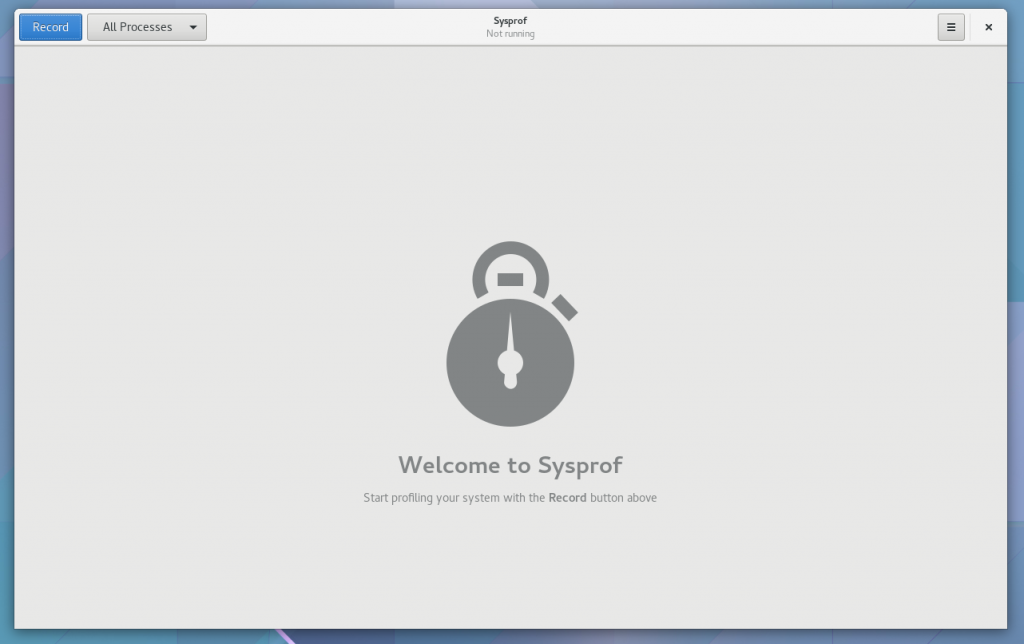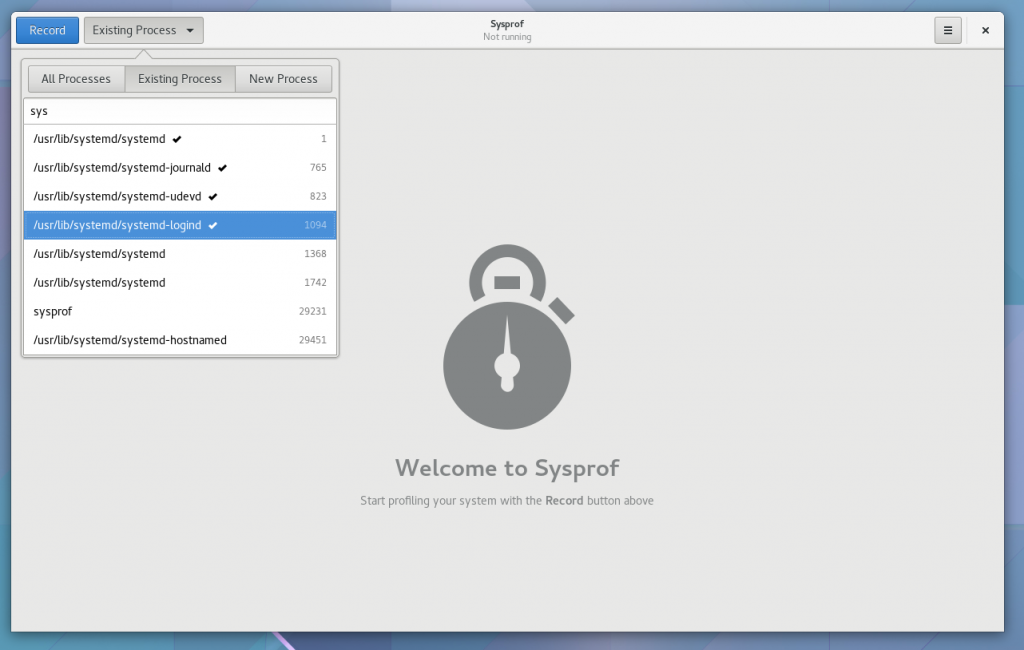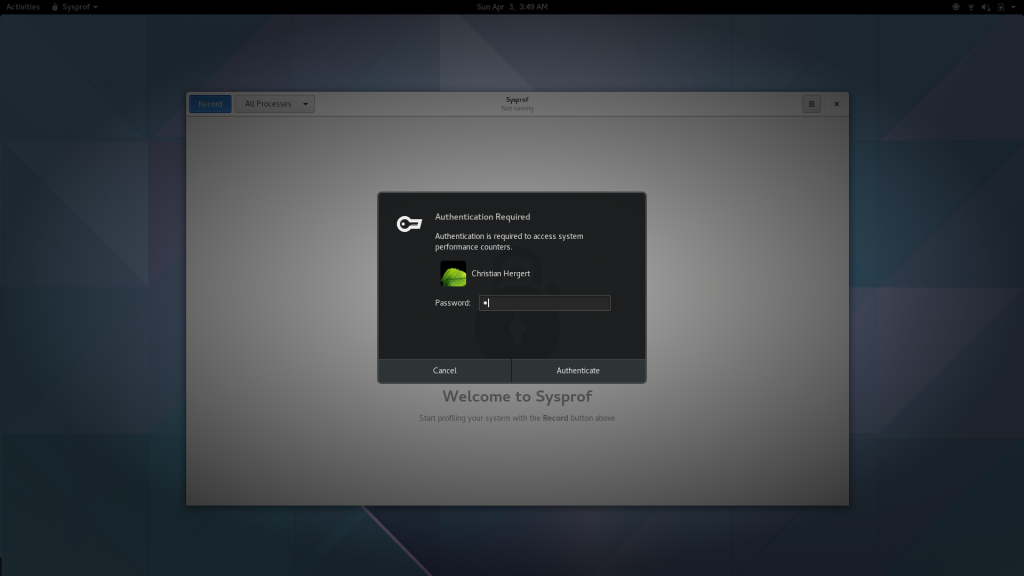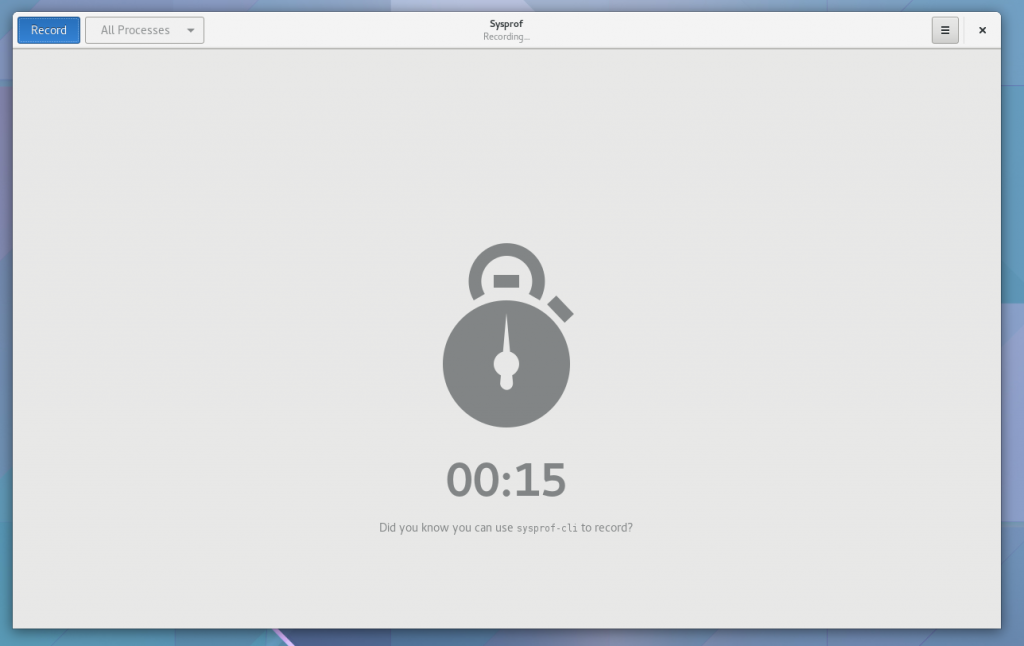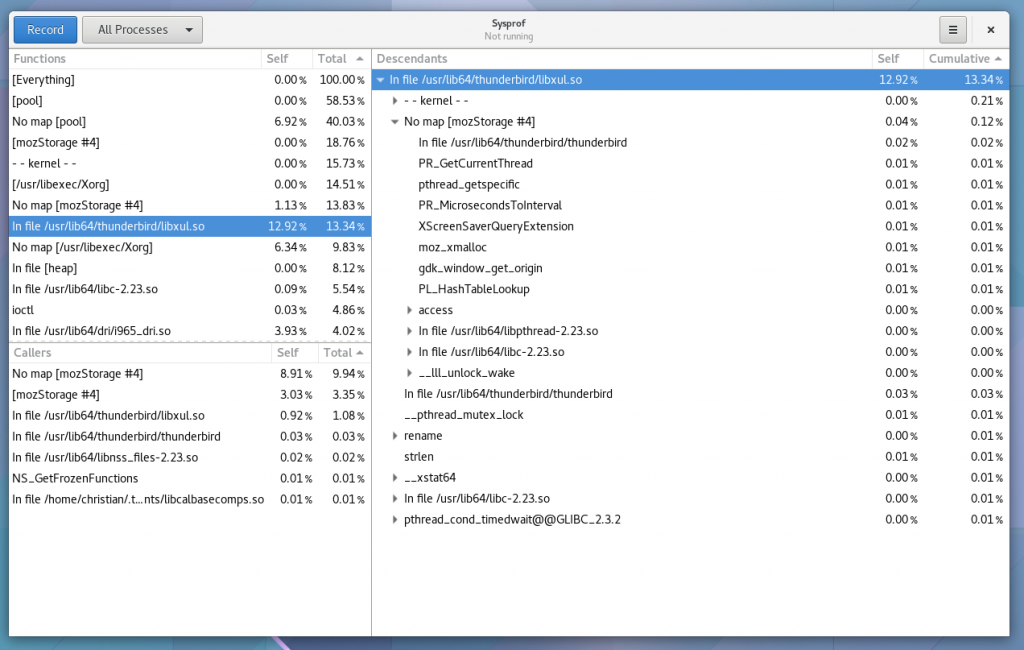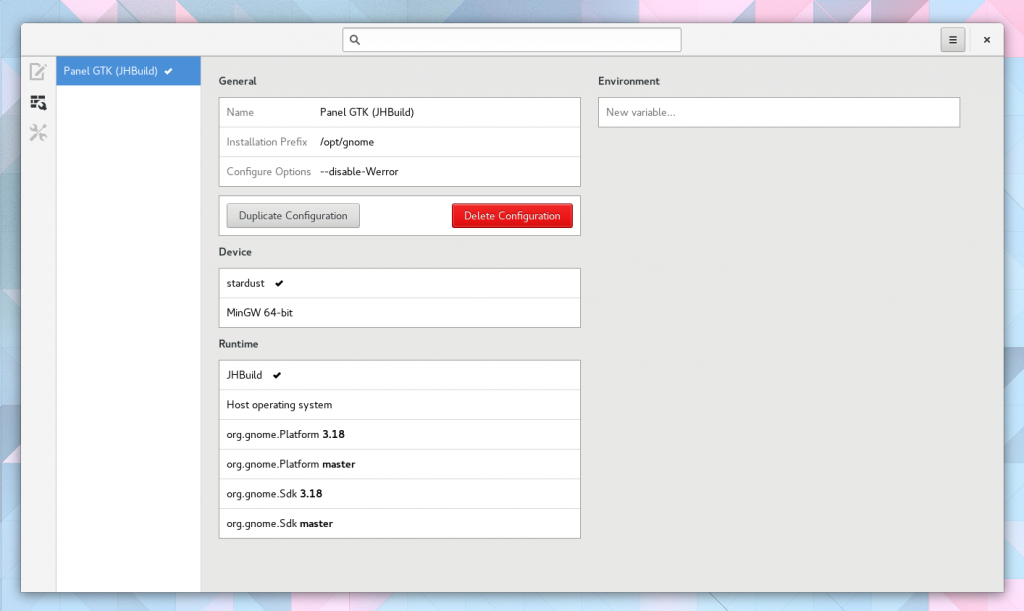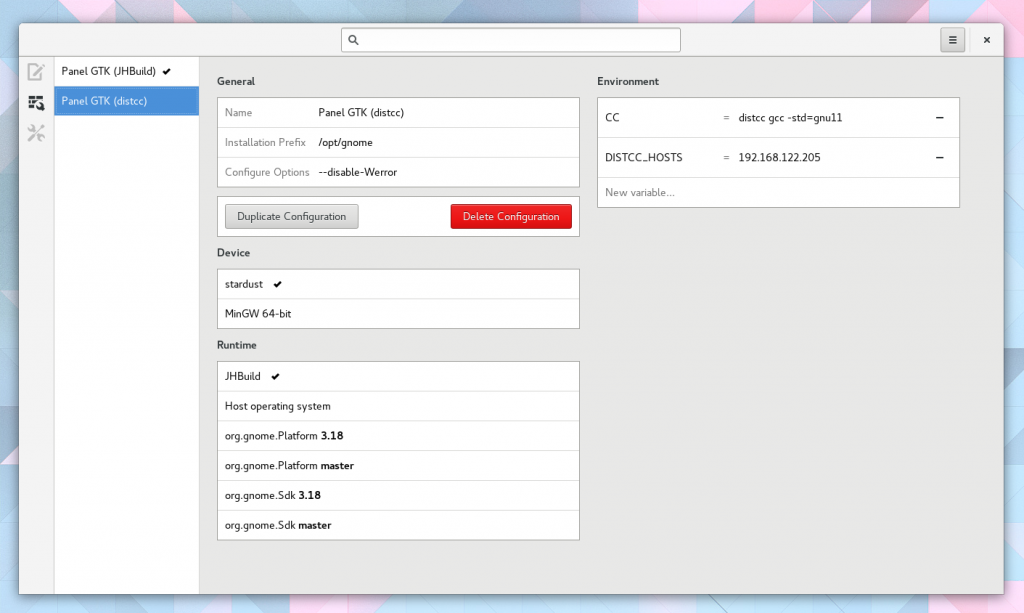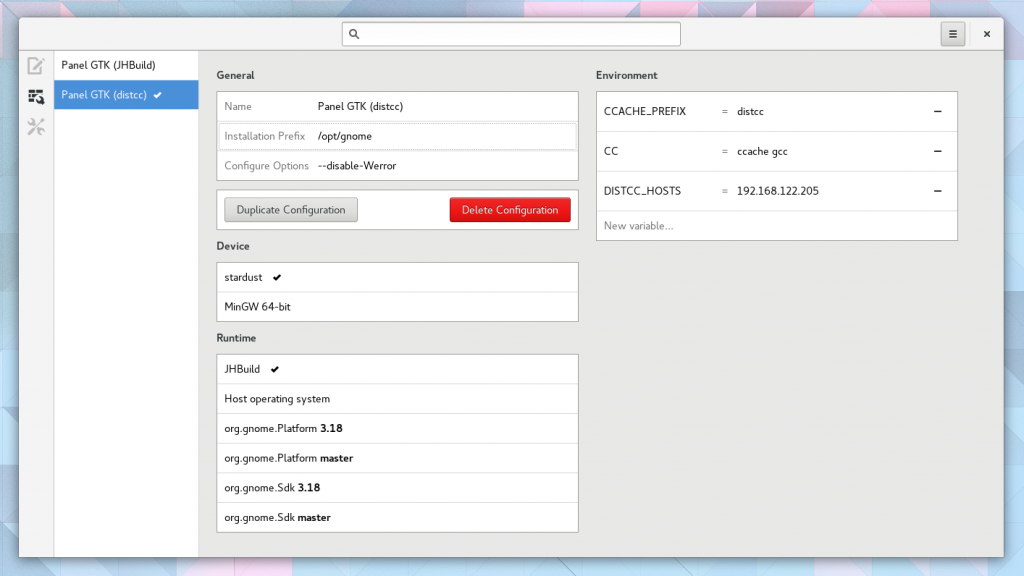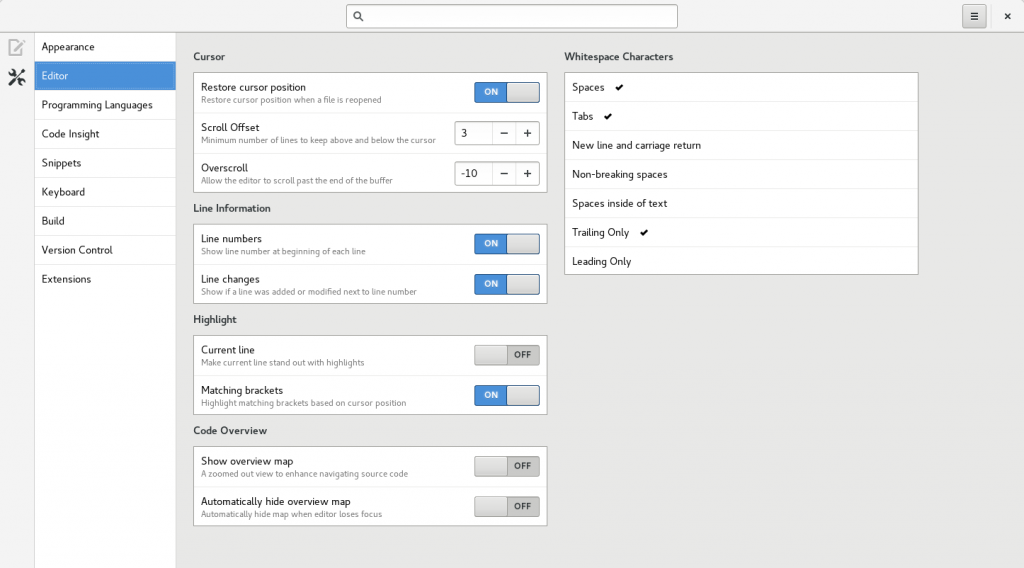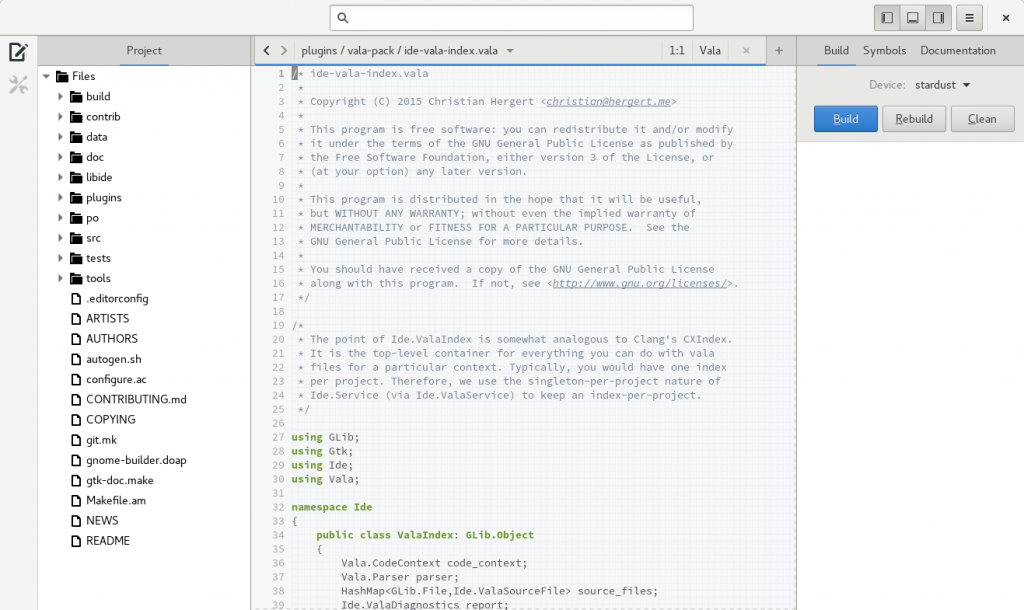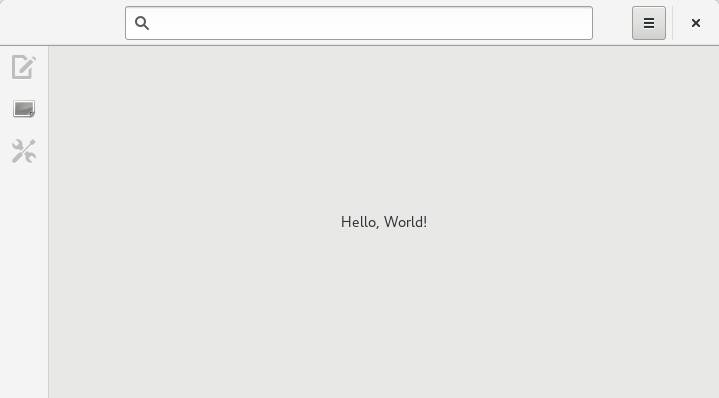Erick asked recently about what you can extend in Builder. I figured that would be better as a blog post, so hopefully he doesn’t mind the public attention!
Of course, everything in Builder is under development, and there are lots of things that are not yet ready for prime time as plugins. But we are getting there pretty quickly.
Also note, that this list is based on 3.19.90, which was just released last week. It looks a little something like this.
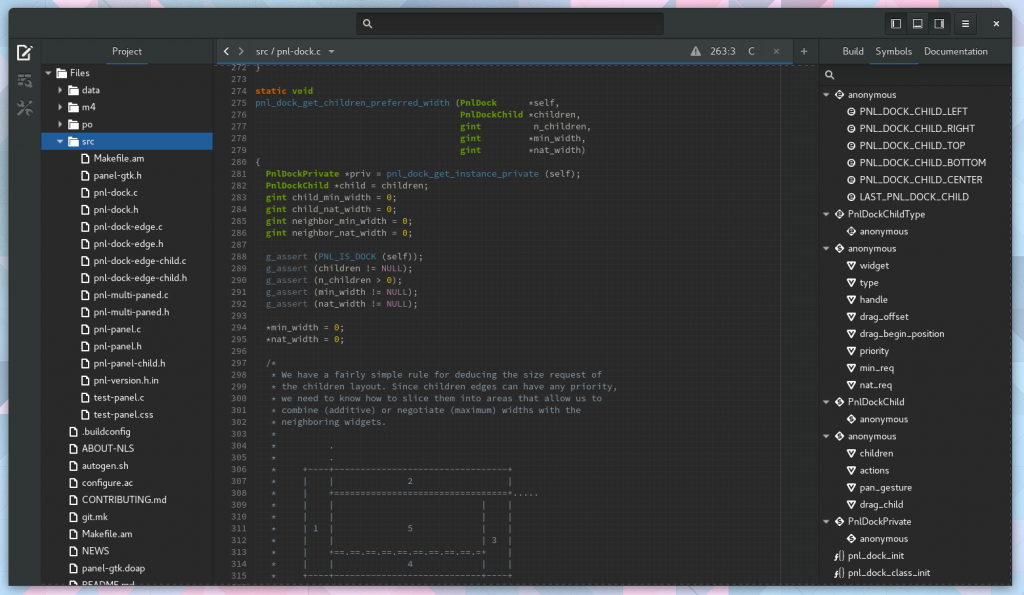
Completion Providers
IdeCompletionProvider, which is really just an extension of GtkSourceCompletionProvider allows integration with auto-completion in Builder. There are a bunch of examples in-tree. Clang is rather complex, but there is also Python Jedi, and Ctags.
Application Addins
As discussed previously, IdeApplicationAddin can be thought of singletons within the application. A nice way to share information in your plugin that is not project specific.
Application Tools
An IdeApplicationTool allows creating a sub-command that is accessible using the ide command. Compare this to how you use the git command line tools.
Services
An IdeService is similar to an application addin, but is per-project. So each loaded project in Builder will have the service instantiated. We use this in the clang plugin to manage background AST generation. We then use these ASTs to do things like auto-completion, symbol resolving and symbol tree, semantic highlighting, and more.
Build Result Addins
When performing builds with Builder, you might want to extract information from the build output. This is exactly what the GCC plugin does to extract build time diagnostics. Your extension will be loaded when building and can receive callbacks or signals during the build process. See IdeBuildResultAddin.
Build Systems
The Build System support in Builder is provided by plugins. Currently, we only support autotools out of the box. However, I’m looking forward to contributions for more build systems. To implement a build system, you’ll need to take a look at IdeBuildSystem, IdeBuildResult, and IdeBuilder.
Devices
It’s no secret that my goal for Builder is to raise the bar in terms of developing with external devices. We don’t have much using this yet, but the goal long term is to listen to udev events and show devices as they are added in Builder. See IdeDeviceProvider for adding support here. Long term, this will be integral when interacting with IdeRuntime so that we can setup cross-compilers.
You can even imagine the devices being remote and connected via SSH.
Semantic Highlighting
Builder has support to make writing semantic highlighters easier. One of the tough parts of writing a highlighter is doing so at such a rate that does not block the main loop or make the UI stutter. IdeHighlighter is how we do this. Some examples are our clang highlighter and xml highlighter.
Auto Indenters
While I have grand ideas for new ways to write auto-indenters, our interface IdeIndenter will probably not need to change. This type of thing is always a lot of spaghetti code, rife with backtracking. But in 3.22 I hope to simplify this with a new “selector-based” indentation engine. More on that in the coming months. Currently we have a basic GNU C89 indenter, Python, XML, and Vala.
Perspectives
It’s no secret that I’m not happy with the current sidebar in Builder, but it’s the first step in the direction we want to go. Gotta start somewhere! But the piece that is very useful, is the concept of perspectives. Long term I expect perspectives to be how we avoid the the “jam everything into toolbars” IDE trap. Simply add the IdePerspective to the IdeWorkbench to add a new perspective. We current have 3, the editor, build configurations, and preferences. I expect a couple more by 3.22.
Workbench Addins
The IdeWorkbenchAddin allows you to tweak the UI of the workbench. Your addin is created once the workbench has loaded a project. You might add a GAction to be used in your UI, add a perspective, or surprise me.
Preferences
The IdePreferencesAddin is how you add new preferences to Builder. It has a declarative interface to add switches and knobs and be able to remove them when your plugin unloads. This feature is how we avoid the “Configure Plugin” trap I complain so much about in “plugin orientated architectures”.
Project Miners
Unfortunately, last I tried tracker to do project discovery I ended up with about 20 GB of resident memory and then my system crashed. So we currently do project mining manually from Builder. I really hope this isn’t always the case, but it’s where we are today.
Use IdeProjectMiner to implement a project miner and it will get shown when Builder shows the project greeter. We currently only discover autotools projects on your system.
System Runtimes
An IdeRuntime is how we manage executing processes within a context such as a jail, container, or host system. Think of it as a toolchain that can be separate from your host system and used for compilation and execution tasks.
The IdeRuntimeProvider interface is how you discover and create these runtimes.
Currently, we have two (well three) implementations. One for Xdg-App runtimes, and one for Jhbuild runtimes. The third is the host system, but that is more of a “no-op” implementation.
I can see more of these being added in the future. Python’s virtualenv, multiple ruby installations, Mono version runtimes, Docker, etc.
When integrating these with an IdeDevice, I hope that we can even get off-system building working inside of virtual-machines (Boxes for example). For me, that would simplify the “Build on Fedora”, “Deploy on RHEL” story.
Search Providers
The search box at the top of Builder is powered by IdeSearchProviders. I really hope to make this feature more powerful in upcoming releases.
Symbol Resolvers
The IdeSymbolResolver interface allows you to locate a symbol given a position in a text buffer. This is how we jump to source locations when you type <alt>. in a buffer (or gd in vim mode).
The symbol resolver also helps us create a hierarchy of symbols as found in the Symbol Tree panel.
See the clang and vala implementations.
Version Control
Version control in Builder is implemented using the IdeVcs interface. Currently, we only support git, thanks to the wonderful libgit2-glib library.
If the version control interface implements the IdeVcs::get_buffer_change_monitor() vfunc, then you will magically get those pretty change lines in the text editor gutter.
Editor Addins
If you want to add extensions to every editor created in Builder, use the IdeEditorViewAddin interface.
This interface is rather incomplete today, so I’m really interested in the things you’d like to do so we can make this as easy as possible.
Project Creation
The project greeter, as seen when Builder launches, has support to create new projects. Although, today we only support cloning from Git or from a local directory. In 3.22 we need to extend this to support our new project template support.
To add a new project creation method, implement the IdeGenesisAddin. You can find the git and directory implementations for inspiration.
Project Templates
The basic plumbing for project templates has landed, but it is only exposed via the ide create-project command line program for 3.20. As I said above, I hope to complete this for 3.22 (or mentor someone to complete it for me, hint hint).
Implement the IdeTemplateProvider and IdeProjectTemplate interfaces for how to go about doing this.
The autotools+shared-library, which is written in Python, might serve as some inspiration.
Multi-process Coordination
To keep the Builder process lightweight, we advise doing memory and CPU intensive operations in sub-processes. The IdeWorker interface makes this easy. Builder will spawn a worker process for you, and setup a private D-Bus (no daemon required) to communicate to your sub-process.
Longer term, we hope to add more containment features, CPU and memory throttling (with cgroups), and process recycling when memory fragmentation gets absurd.
This would be a great GSoC project if any students are still reading this far down 😉
Conclusion
We have a lot more things to add in the near future. See my work-in-progress ideas for 3.22 features on our Roadmap.
